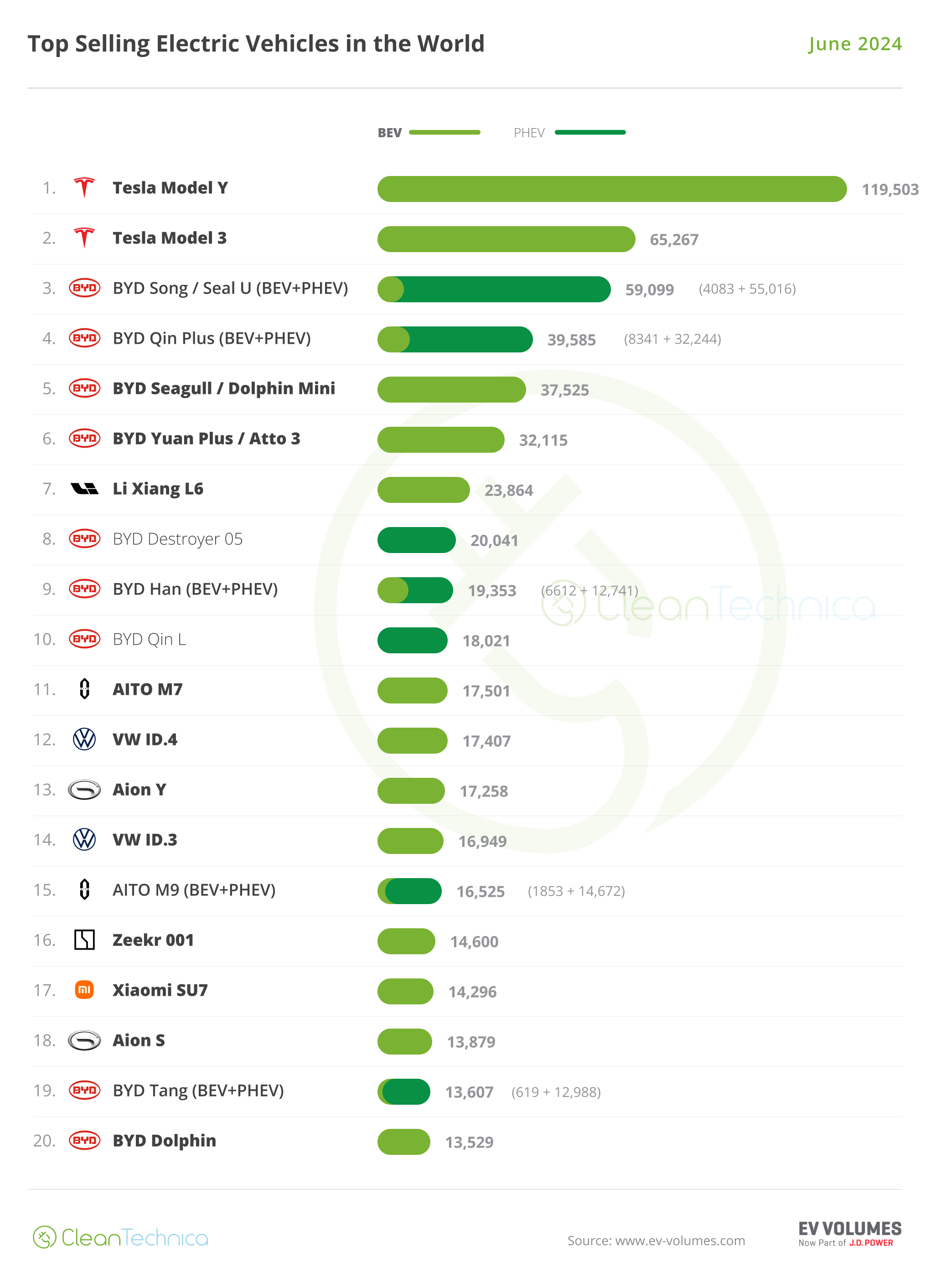Sign up for daily news updates from CleanTechnica on email. Or follow us on Google News!
Earlier this month, some electric vehicle (EV) owners in Chicago discovered their batteries were dead during a frigid cold spell. Media stories made it sound like the end of EVs as we know it had taken place. Yes, cold weather range loss affects every model of EV — from Teslas to Bolts, Taycans, Fiats, Polestars, and all. Cold weather slows the chemical and physical reactions that make EV batteries work, specifically conductivity and diffusivity, leading to longer charging time (increased impedance) and temporary reduction in range (lower capacity).
This cold weather range loss is primarily due to heating systems. Since the energy for heating and cooling the EV comes from the same battery that propels the car, use of climate control can pull charge away from the primary battery.
Internal combustion engines (ICEs) experience range loss, too, in frigid cold — an average 12% of their range at -6°C (20°F). This is due to denser air leading to higher aerodynamic drag, engine and transmission friction, higher electrical loads, warm up time, low tire pressure, and winter gas composition.
Like so many others in the EV industry, Kate L. Harrison, the co-founder of MoveEV, has given owning and driving an EV in frigid cold weather a great deal of thought. She recognizes that winter range loss is fueling a seasonal and heated debate around the viability of EVs, but Harrison says that some important context is needed. So here’s her editorial.
The Semantics of Energy Consumption Hide the Real Issue: Cost
According to the Department of Energy, the average ICE’s fuel economy is 15% lower at 20° Fahrenheit than it would be at 77° Fahrenheit and can drop as much as 24% for short drives. As the world grapples with the implications of the climate crisis and shifts toward sustainable technologies, Harrison says it’s important to put the pros and cons of EVs and ICE vehicles in perspective.
First, let’s talk about the language, Harrison suggests. When discussing gas vehicles in cold climates, the conversation often centers around “fuel efficiency.” It sounds less threatening, doesn’t it? But in reality, this is just a euphemism for range loss, something for which EVs are frequently criticized.
Why does that matter? Because for most drivers who travel less than 40 miles a day, what range loss really means is higher fueling costs. When an ICE vehicle loses range, it costs a lot more than the same range loss in an EV. For example, at $3.50 a gallon, a car that gets 30 mpg in warm weather and costs $46.67 to go 400 miles suddenly costs $8.24 more to drive the same distance. By contrast, an EV plugging in at $0.13 per kWh usually costs $13 to go 400 miles and bumps up to a piddly $16.25 even if it loses 20% efficiency when the temperature drops.
Some EV models lose 40% in extreme cold. OK, tack on another $3. That still leaves almost $30 in the driver’s pocket. Over the course of a year, those savings pile up.
Let’s Call It What It Is: Fear Mongering
Any shift in technology comes with consumer hesitancy and media skepticism. Harrison asks us if we can remember when many people were afraid to stand in front of microwaves and thought the waves would make the food unsafe to eat? Or how, just a decade or so back, the talk was about how cell phones could spontaneously explode?
Fear of new technology is a natural psychological response and to be expected. But it takes the media machine to turn consumer hesitation into a frenzy. It’s hard to argue: 2023 was one big platform for expressing fears around EVs. Headline-grabbing tales of EV woes often lacked context or understanding of the technology. In a highly partisan landscape where EVs have been dubbed liberal leftist technology, what should be seen as a miraculous pro-US, pro-clean-air, pro-energy independence, pro-cost saving advancement is getting a beating in the press. In this environment, every bit of bad EV news spirals out into an echo-chamber of confirmation bias.
For example, Tesla’s recent software update was hyped as a 2 million vehicle recall, even though the software was updated over the air without a single EV leaving the driveway. Hertz’s recent decision to reduce its Tesla fleet was seen by many as a referendum on the cars’ quality but was actually a decision based on Hertz’s miscalculations around repair costs and a mismatch in their projections of consumer demand for EV rentals.
While the cost of EV repairs may be higher than with ICE vehicles, EV maintenance and fuel costs are still much lower than for ICE vehicles. EVs do serve right now better as daily use vehicles than as rentals, granted. That’s because while the US public charging infrastructure is still lagging, and home charging is a huge benefit of EV ownership.
Beyond Cold Weather Range: A Reminder about Zero Emissions
Despite the challenges, it’s crucial to acknowledge the environmental advantages of EVs. For instance, EVs produce zero direct emissions, which significantly reduce air pollution and greenhouse gasses. According to the US Environmental Protection Agency, EVs are far more energy efficient than gas-powered cars, converting more than 77% of electrical energy from the grid to power, compared to 12-30% for gasoline vehicles.
This efficiency translates to a cleaner, more sustainable mode of transportation. EVs generally perform well in cold weather, as demonstrated in Norway. In Norway, the average temperature hovers 10 degrees lower than in the US. Yet 93% of new cars sold there are electric. The first-ever drive from the North to the South Pole was also completed by an EV. The success story of EVs in Norway and demonstration projects in harsh winter climates serve as a powerful counterargument to the notion that EVs are ineffective in cold weather.
So where does this leave us? The discourse around EVs and ICE vehicles in cold weather needs a more balanced and factual approach. The range loss in ICE vehicles is a significant issue that mirrors the challenges faced by EVs. By acknowledging this and understanding the broader context, we can have a more informed and equitable discussion about the future of automotive technology and its impact on our environment.
Final Thoughts
Kate L. Harrison, the co-founder of MoveEV, has become a good friend of ours here at CleanTechnica. She’s infused her background in an AI-powered EV transition company to help small businesses, nonprofits, and government organizations to convert fleet and employee-owned gas vehicles to electric and reimburse for charging at home. She’s a serial entrepreneur and seasoned marketer, a best-selling author, thought leader, and frequent speaker at conferences and events. We’re glad that Kate enjoys sharing her insights and experiences with our CleanTechnica audience and everyone who is working to create a more sustainable future.
Have a tip for CleanTechnica? Want to advertise? Want to suggest a guest for our CleanTech Talk podcast? Contact us here.
Latest CleanTechnica TV Video
I don’t like paywalls. You don’t like paywalls. Who likes paywalls? Here at CleanTechnica, we implemented a limited paywall for a while, but it always felt wrong — and it was always tough to decide what we should put behind there. In theory, your most exclusive and best content goes behind a paywall. But then fewer people read it!! So, we’ve decided to completely nix paywalls here at CleanTechnica. But…
Thank you!
CleanTechnica uses affiliate links. See our policy here.





